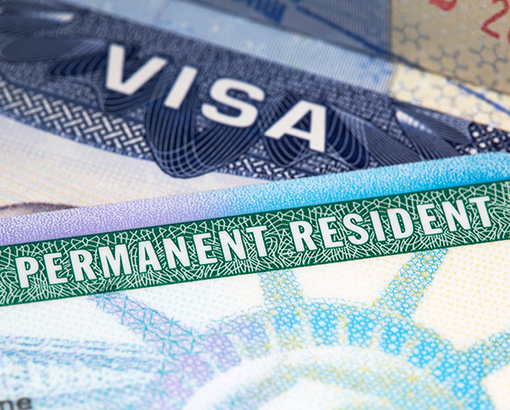L-1 Visas are work visas for employees of international companies who transfer from the foreign entity to a related US entity. To be eligible for an L-1, the employee must have worked for the foreign office for at least 1 continuous year in the last 3 years in an executive, managerial, or specialized knowledge position. That seems like it would be rather straight-forward, but there have been varying interpretations about how to measure both the 1-year time period and the 3-year time period. The USCIS recently issued a new Guidance Memo clarifying how to meet the “1 out of the last 3 years” requirement.
Counting the Three Years
The USCIS has declared that the employee must have worked for the foreign entity for 1 year out of the 3 years preceding the filing of his/her initial L-1 application. However, if an employee is working in the US for the related entity pursuant to a different (not L-1) work visa, then the 3 years is counted back from the time s/he started working for the related US entity, not the immediately preceding 3 years. The following examples help show how this is applied.
Example 1: If an employee is working abroad for Company A, and s/he wants to apply for an L-1 visa to work for the US subsidiary of Company A, then s/he must have worked for Company A for at least 1 year out of the immediately preceding 3 years.
Example 2: If an employee has been working in the US in H-1B status for the US subsidiary of Company A since 2013, and then wants to switch to L-1 status (because s/he is exhausting his/her total 6 years of H-1B status, or because it will be easier to apply for a greencard from L-1 status, for example), s/he must have worked abroad for Company A for at least 1 year from 2010-2013 (the 3 years before starting with the US subsidiary).
Example 3: If an employee is working in the US for a company unrelated to Company A (in H-1B status, for example), and now, in 2018, wants to apply for an L-1 visa to work for the US subsidiary of Company A, s/he must have worked abroad for Company A in the 3 years immediately preceding the L-1 petition (from 2015-2018 in this example).
NOTE – in Example 2, the employee must have been working for the US subsidiary as the principal beneficiary of an employment-based work visa petition, such as an H-1B or E-2. S/he cannot be working at the US subsidiary using an EAD card granted to her due to her derivative status as a spouse of someone with a work visa, such as an H-4 EAD or L-2 EAD card, or an F-1 OPT EAD card.
Counting the One Continuous Year Abroad
To be eligible for an L-1, the employee must have worked abroad for at least 1 continuous year out of the last 3 years. The new memo clarifies that this requires 365 continuous days physically outside the US, working full-time for the foreign employer. Brief trips to the US (as a tourist or business visitor, for example), do not interrupt the one continuous year. Based on the example used in the Guidance Memo, 60 days within one year qualify as “brief trips” which do not interrupt the 1-year period. However, each day in the US is added back into the 365 day calculation; so that, if s/he was in the US for 60 days, s/he has to work abroad for an additional 60 days to make up for it.
Given the new Guidance Memo, international companies should be more careful in planning their US personnel needs. If you have any questions, please contact Berin Romagnolo at bromagnolo@pbl.com.
This Alert is provided for information purposes only, and does not constitute legal advice. According to Mass. SJC Rule 3:07, this material may be considered advertising. ©2018 Posternak Blankstein & Lund LLP. All rights reserved.



